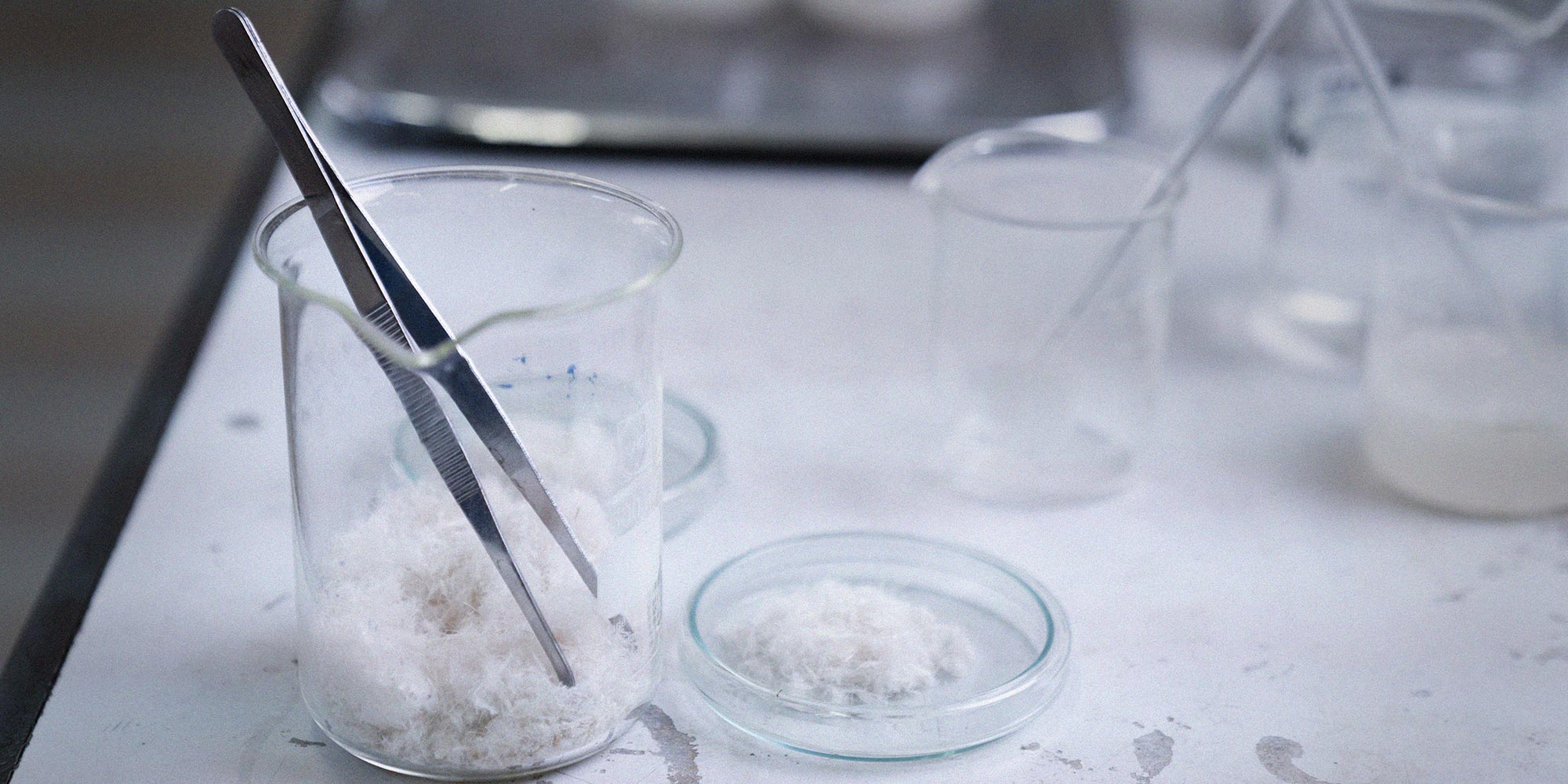Honorary Mention
A project that seeks to highlight the inefficiencies of our current food system, from its production methods to the way ingredients are being consumed. Over 2.3 million tons of feather waste are produced annually from poultry production in the EU. Traditionally, this feather waste is disposed of either through landfill or incineration. Massive waste streams have affected the planet and food industry, which needs to be refined and improved so that supply chains are more sustainable.
This project proposes an alternative way to manage feather waste from slaughterhouses by converting its nutrient composition into a new edible product. Chemically, chicken feathers are composed of approximately 91% protein (keratin), which contains up to eight types of the essential amino acids that we require as part of a healthy diet. It has been proved that keratin protein from feathers is safe for general consumption in our daily diet.
Chicken feathers could therefore be turned into a new delicacy that replicates the quality and aesthetics of high-quality food and is also a tender texture creation with a unique structure in food. The structure was constructed with non-animal products similar to a vegan meat-making technique. Consequently, all the ingredients and selected food binders could finally form a structure that gives this feather meat both firmness and flexibility . Under these circumstances, the physical and chemical aspects of the making result in a melt-in-the-mouth texture for an alternative meat eating experience. This new eating experience will trick our sensory perception of food into enjoying this healthier meat cut more.
I believe that if we are to continue rearing and slaughtering millions of birds daily, then at the very least we have a responsibility to ensure that we safely and sustainably make use of every part of them.

Credits
Photography: Pichaya Sampanvejsobha, Varinthorn Deprasertwong
Videography: Prod Bangkok Co.,Ltd.
With support from
Kieren Jones, Course leader, MA Material Futures, Central Saint Martins
Marta Giralt Dunjo, Tutor, MA Material Futures, Central Saint Martins
Dr. Shem Johnson, Specialist technician – Grow Lab, Central Saint Martins
Dr. Keshavan Niranjan, Food scientist, Reading University
Penpun Tasaso, Scientist, Mahidol University
Manida Jakrapong, Scientist, Mahidol University
Sorawut Kittibanthorn (TH) is a material designer who is interested in applying science to investigate the physical and chemical transformation of materials that occur in food crafting processes. Exploring natural resources is a means of creating a closed-loop system with a zero-waste policy. Additionally, the bottom-up design approach with living materials is a key feature of the design work in order to enhance sustainable activities and encourage the potential usage of such designs in the real world.
Jury Statement
Food waste is a major concern around the world and has a major impact on climate change. It also flies in the face of global poverty, which is also on the rise again for the first time in 20 years. Sorawut Kittibanthorn wants us to rethink a common food by-product, chicken feathers, and put them back in the center of a meal. Rich in protein, they could easily be turned into a foodstuff that would rival soya, tempeh, and other similar by-products. Kittibanthorn challenges us by putting on a Michelin-star looking meal with the processed feathers at the center, inviting us to change our minds about what is waste and what is food. The project sits very well in a food landscape that is diversifying and where even dried insects are starting to feature more prominently. The impact of turning a waste by-product into a foodstuff could save the feathers from landfill, keep them out of our rivers, and in turn help feed others. These are all important and critical ideas that should travel far and wide, especially in our foodie circles.



